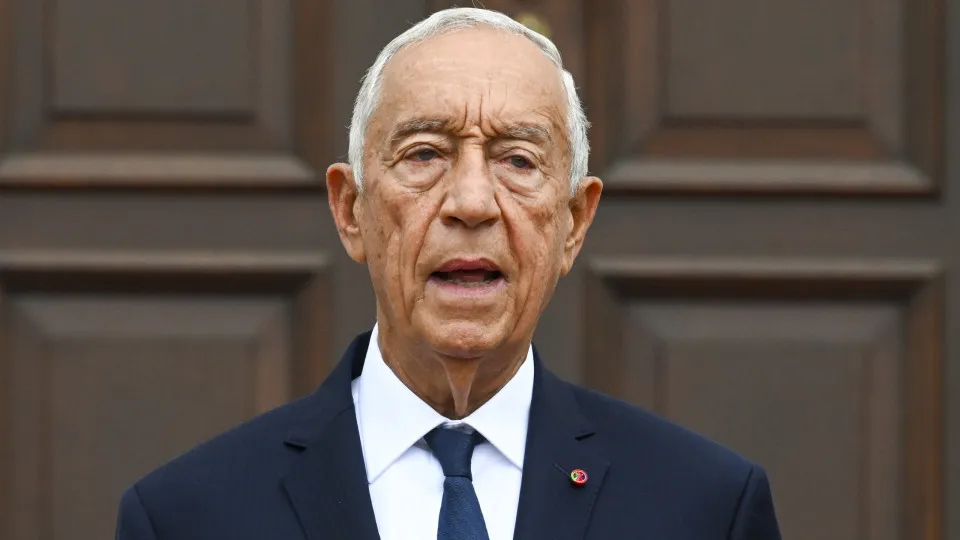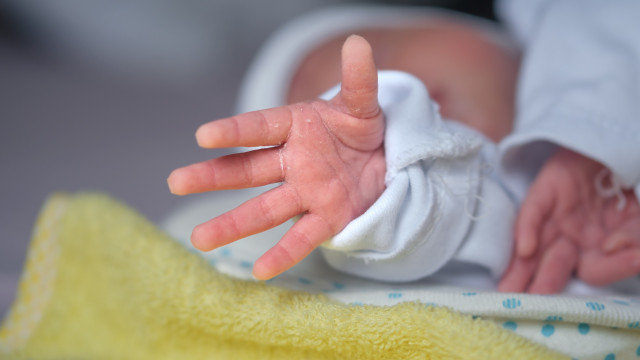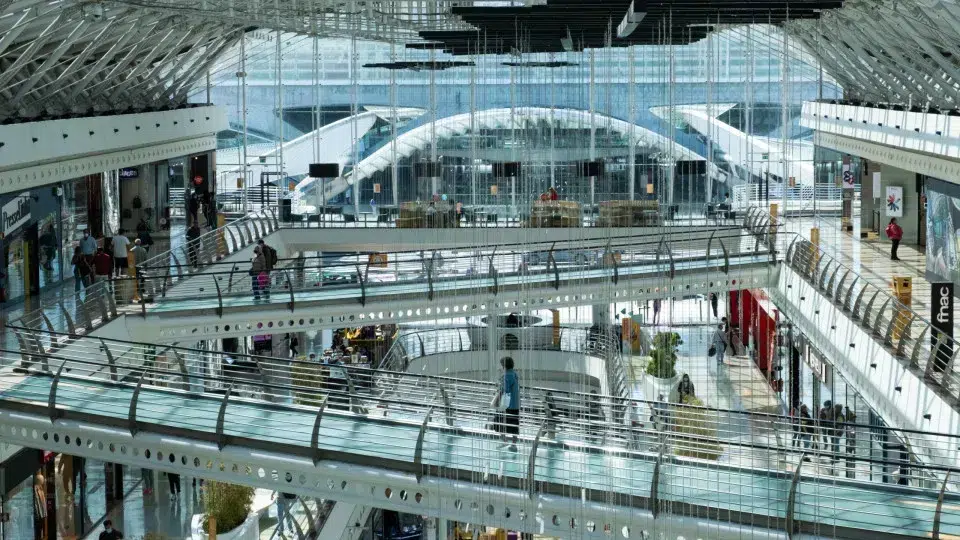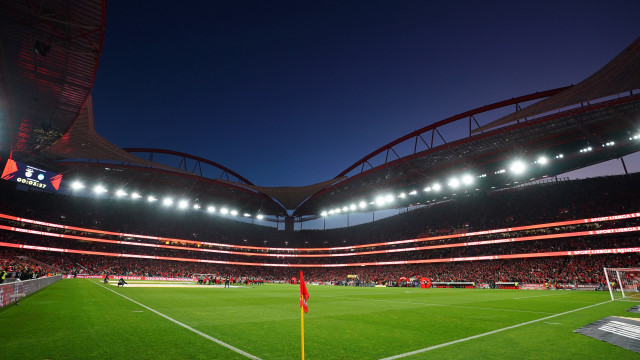
The Sindicato dos Jornalistas (SJ) highlighted that Eduardo Gageiro was “one of the first photographers to arrive at Terreiro do Paço during the Carnation Revolution in 1974,” capturing “moments etched into collective memory.”
“Snapshots that we associate with the lens of a man who helped shape the image of our Freedom Day, but who did much more for photography and journalism over nearly 70 years of documenting Portugal,” the union stated.
Gageiro, who was member number 46 of the Journalists’ Union, retired in 2000 but retained his membership with freelance status, which he had held since July 1985.
He published his first photograph at the age of 12 in Diário de Notícias, making the front page, and began his career as a reporter for Diário Ilustrado in 1957.
Throughout his career, he worked for magazines such as O Século Ilustrado, Eva, Almanaque, Match Magazine, and the Associated Press (Portugal). He served as editor of the magazine Sábado and maintained a long career as a freelancer.
The SJ recalled that during the dictatorship, Gageiro “photographed the precarious conditions in which much of the Portuguese population lived under the old regime,” images “which drew the regime’s attention and led to several arrests by the PIDE—whose headquarters he would photograph being seized during the April 25 revolution.”
For the union, over 51 years of democracy in Portugal, “Gageiro’s lens has been an objective eye on the political, social, and cultural life of the country,” a body of work recognized with hundreds of awards, including the photography ‘Nobel’, the World Press Photo in 1975.
Born in Sacavém in 1935, Eduardo Gageiro, who turned 90 in February, leaves behind a vast archive spanning decades, illustrating the political, social, and cultural realities of the country, diverse lifestyles, and personalities, in a historical record from the 1950s to the present.
Eduardo Gageiro was among the first photojournalists at the April 25 scenes, capturing images of the military meeting at Terreiro do Paço, the assault on the PIDE headquarters, and the moment Captain Salgueiro Maia realized the inevitability of the dictatorship’s fall and the revolution’s success.
During the dictatorship, he captured images of the precarious conditions of much of the Portuguese population, leading to several PIDE arrests for the regime-inconvenient images.
Working as an office clerk at Fábrica de Loiça de Sacavém between 1947 and 1957, “he daily interacted with painters, sculptors, and factory workers, which influenced his decision to pursue photojournalism,” according to his website biography.
Eduardo Gageiro was honored as a commander of the Order of Infante D. Henrique and knight of the Order of Leopold II of Belgium.
He was named “honorary member” of Fotokluba Riga (former USSR), Fotoclube Natron and Novi Sad (former Yugoslavia), the Austrian Osterreichisdhe Fur Photographie, and received the Fédération Internationale de l’art Photographique (FIAP) excellence award in Bern, Switzerland.
He was appointed vice president of the organization at the II International Congress of Photographic Reporters in São Paulo, Brazil, in 1966.
An Honorary Master Photographer of the Association of Professional Photographers since 2009, he is the only Portuguese with a photograph on permanent exhibition at the House of European History in Brussels since 2014, his biography states.
Earlier this year, the Torres Vedras City Council acquired the photographer’s collection, which it had been safeguarding and preserving.
Until September 13, the ‘Through the Lens of Freedom’ exhibition, based on this collection, is on display at the Torres Vedras Municipal Gallery.




